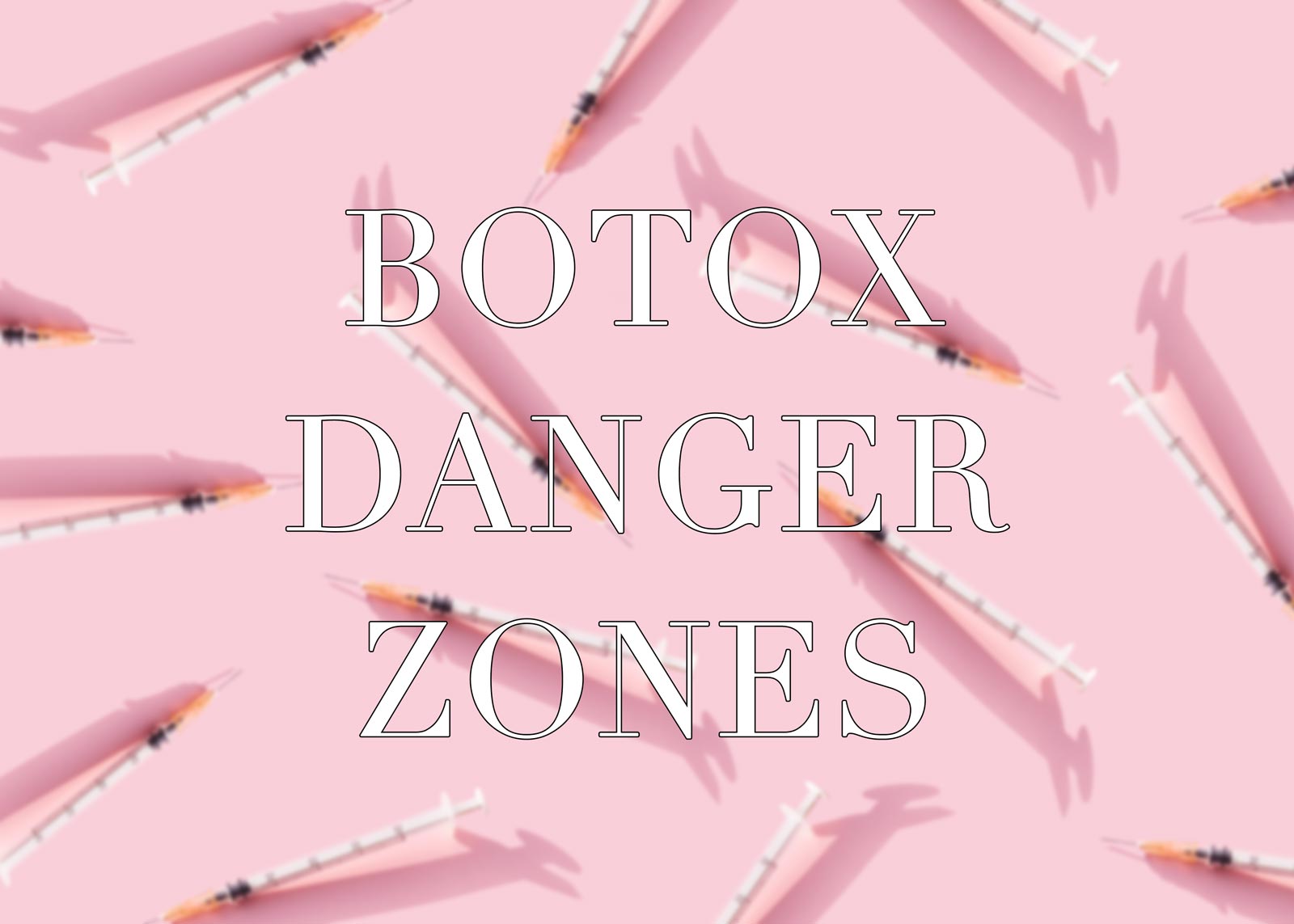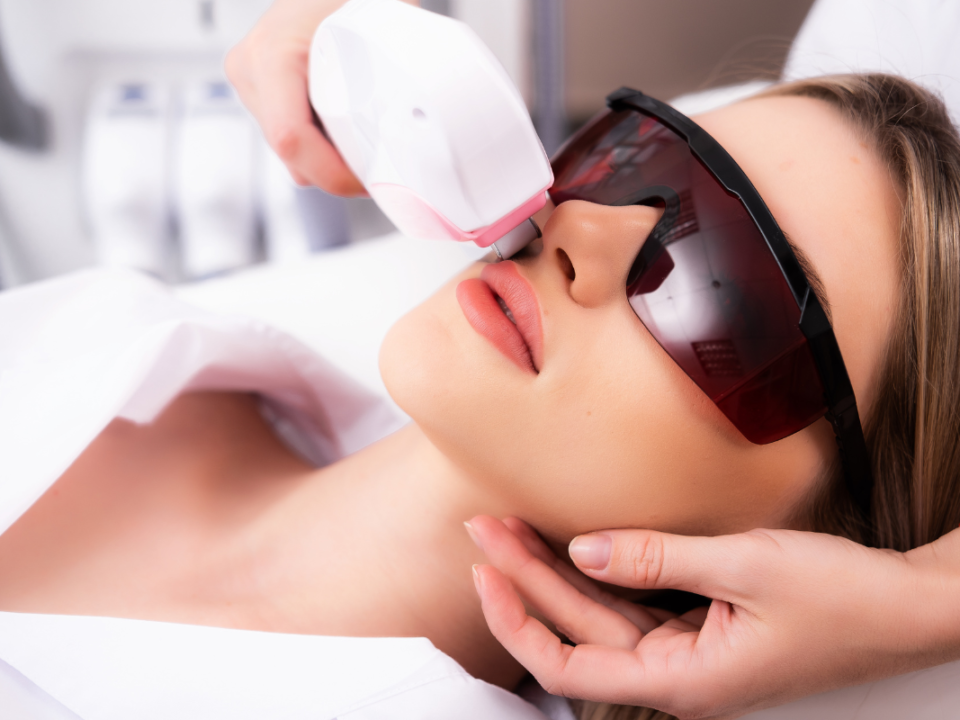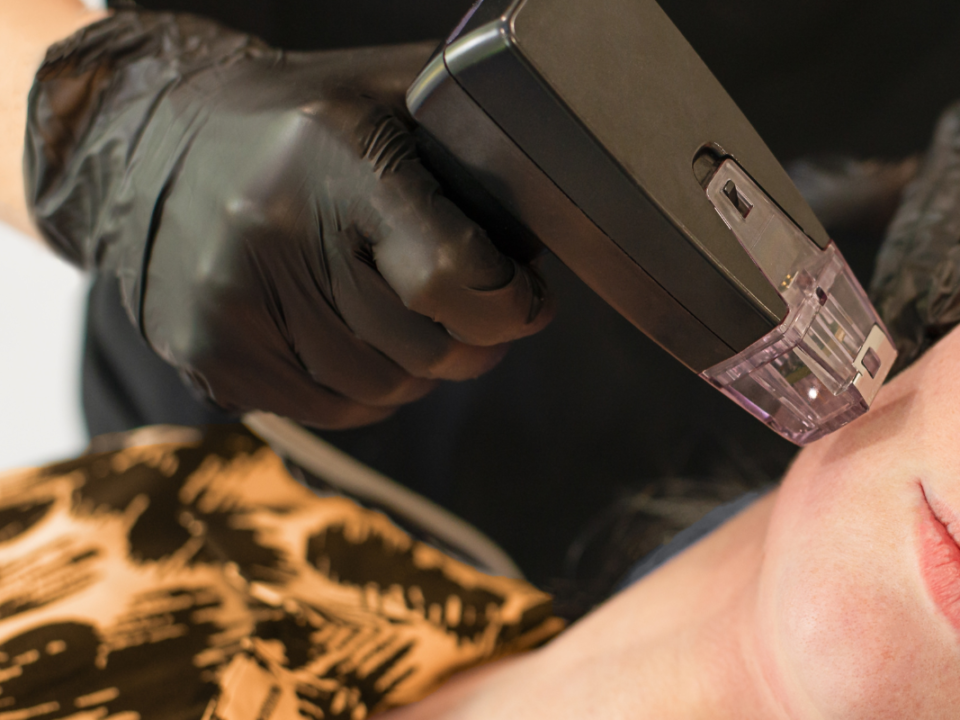
Botox Danger Zones: Areas to Avoid for Safe and Effective Treatment
March 27, 2023
What Are Vascular Lesions?
April 24, 2023Loose or saggy skin around the face, neck, arms, and abdomen is a standard change during different periods of life. Unfortunately, this can cause some people to feel not quite as self-assured or comfortable with their appearance, so it’s essential to keep the body thriving and healthy.
What Are the Leading Causes of Sagging Skin?
Age is the most crucial cause of sagging skin; pregnancy is another potential factor. But other factors can cause skin sagging. Here is a list of the most common reasons:
- Weight loss: fast-paced weight loss will cause the skin to lose elasticity. So sagging skin after weight loss is a common phenomenon.
- Sun exposure: direct sunlight exposure for an extended period can cause the skin to wrinkle.
- Genetics: some people are more prone to sagging skin than others.
- Smoking: smoking will cause the skin to lose elasticity and accelerate aging.
- lousy nutrition: a diet lacking essential nutrients, including vitamins, minerals, etc., will lead to skin sagging.
What Are the Main Parts of the Body that Can Have Sagging Skin?
Firm skin can stretch and snap back into place easily. When skin loses this ability, it starts to sag. Saggy skin can happen almost anywhere on the body. Common areas where saggy skin might be are the throat, chin, upper arms, eyelids, stomach, jowls, etc.
Who Is Mainly Affected by Sagging Skin?
Those affected by sagging skin are mostly the older generation. Obese or overweight individuals can suffer from sagging skin, especially if they attempt to lose weight rapidly. Professional athletes and bodybuilders are prone to sagging skin if they do not continue on the same regime.

How Can I Stop My Skin from Sagging?
Several ways to prevent sagging skin include reducing stress, drinking plenty of water to keep the skin hydrated, getting enough sleep, and reducing alcohol intake. Other ways include:
- Maintain a healthy diet. A healthy and well-balanced diet can help keep your skin fresh and prevent sagging. In addition, you must make sure to get enough vitamins and minerals.
- Stay Hydrated: drinking lots of water can help keep your skin hydrated and prevent it from becoming saggy and dry.
- Avoid direct sun exposure for long periods: Direct exposure may cause your skin to sag. Make sure to wear suitable clothing and use sunscreen when you are outside.
- Don’t smoke because Smoking can cause premature aging and sagging of the skin. Quitting smoking can help improve the health and appearance of your skin.
- Exercise regularly. This will help improve your skin’s tone and elasticity, helping prevent sagging.
Sagging skin after weight loss
A common problem for many people is sagging skin after their weight loss. After a fast weight loss, your skin can’t adapt to changes and become loose or saggy, especially in the stomach part. However, it is not permanent and will disappear after 1 or 2 months. If you still have excess skin after this period, you should consult a doctor. Here are some ways to help with the excess skin:
- Try to lose weight slowly. As we said, sagging skin usually happens after rapid weight loss. The slower you lose weight, the smaller the chance you get saggy skin.
- Strength training: Adding strength training to your routine will improve muscle volume and skin tone. Building muscles improves the appearance of sagging skin, especially in the legs and arms. Also, facial exercises may improve muscle tone around the jaw and neck. This may reduce sagging skin in these areas.
- Drink lots of water during your exercises. This will not only help boost metabolism, but it will also keep your skin hydrated.
- Surgery: Surgery is suitable if you have too much excess skin. Attention! These operations come with potential risks. So, you should consult a professional before doing so.
Sagging Skin Under the Chin
Sagging skin below your chin is usually called jowls. Jowls are typical for everybody, and aging is the leading cause. It happens because your skin becomes thinner and less elastic over time. As we age, the natural collagen of our body reduces. This phenomenon will cause a loss in elasticity and the firmness of facial tissues, such as the jawline. Some other factors can play a part, including poor diet, stress, and smoking.

How to Tighten Sagging Skin on the Face
Sagging skin can be challenging to treat at home, but skin-tightening options can help, from over-the-counter products to surgical solutions. Some in-office procedures to tighten the sagging skin on your face include Surgery, Botox, microneedling, facelift surgery, laser peels, ultrasound therapy, Kybella, etc. Morpheus 8 is also another suitable option for sagging skin. There are also some natural methods that you can use yourself. For example, you can use oils, Honey, coffee grounds scrub, cucumber, pineapple, aloe vera, etc.
What Is the Best Treatment for Sagging Skin?
Many believe that Laser resurfacing is the best treatment for sagging skin. However, laser resurfacing requires some downtime, and you must stay home for 5 to 7 days. Laser resurfacing also gives you the fastest results.
In conclusion, the sagging phase is a natural phenomenon that might happen to everyone. Because we all age eventually. But there are some natural and procedural ways to stop or treat it. This article has talked about these procedures. But if you are seeking more information, do not hesitate to contact us. We will gladly advise you.





